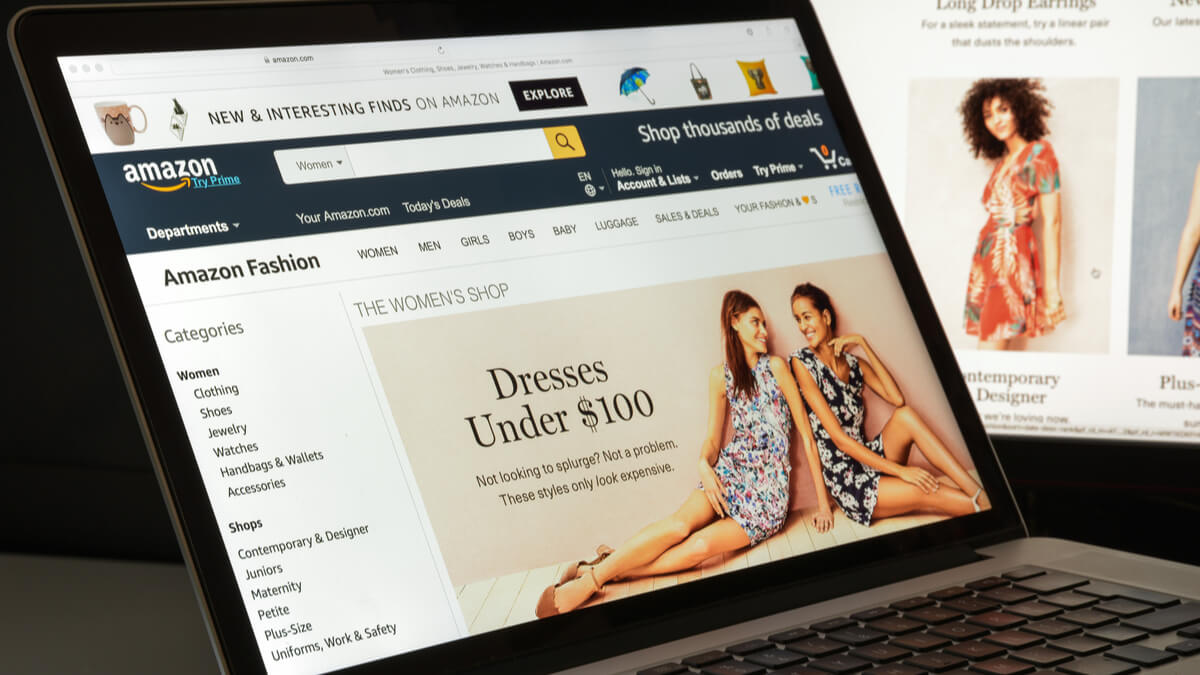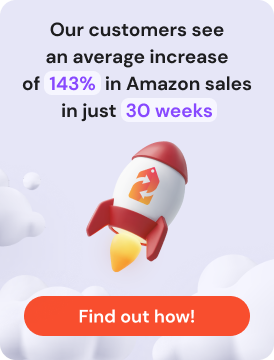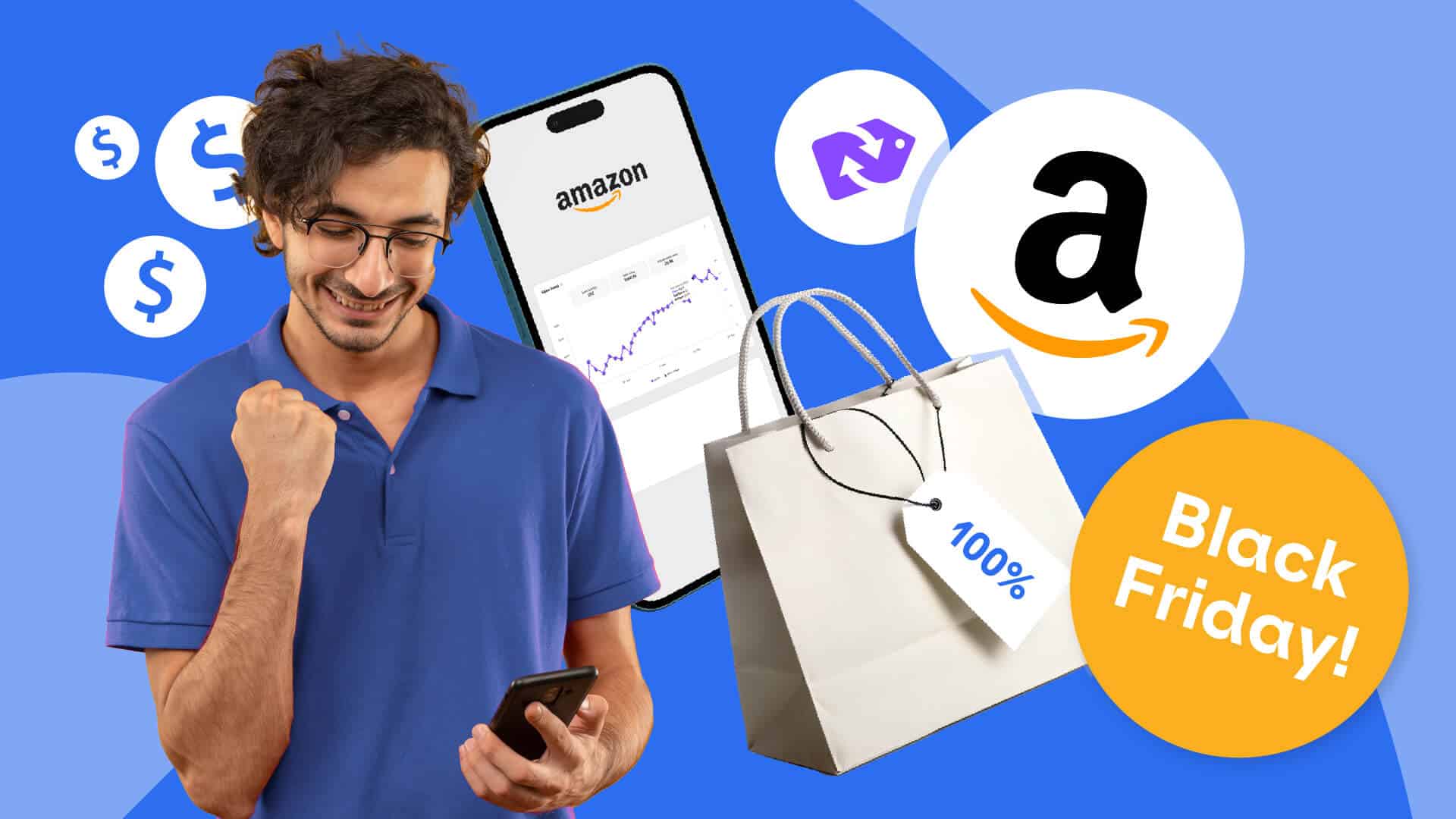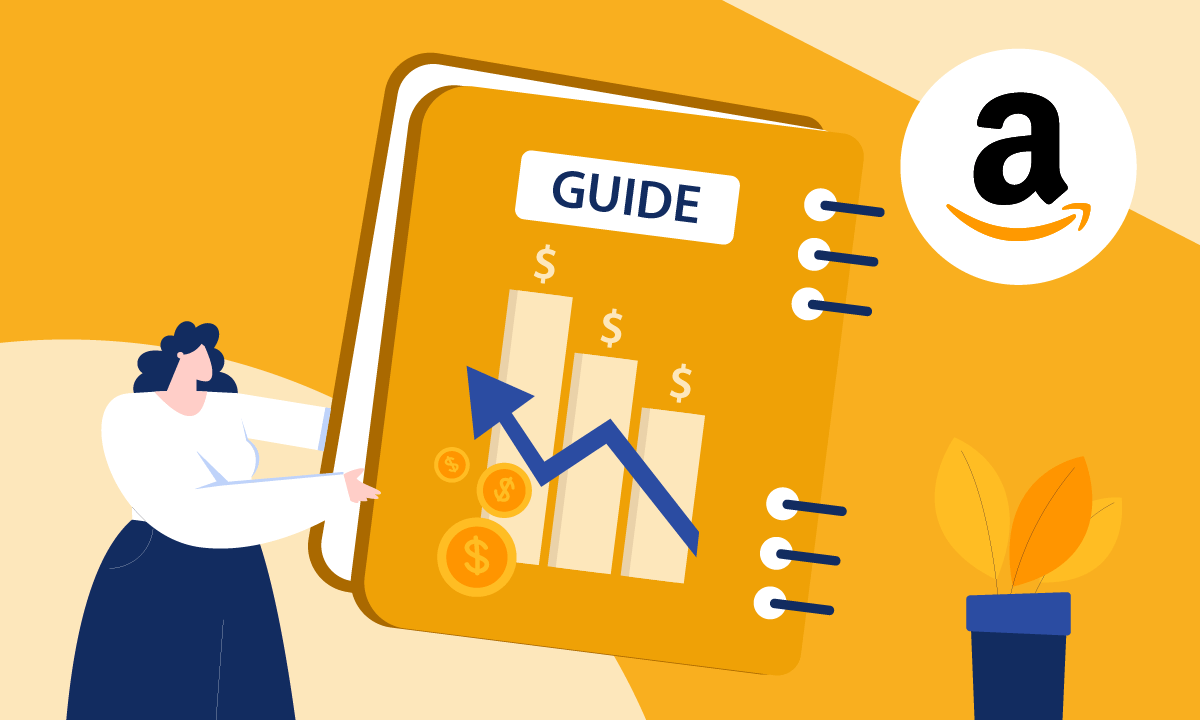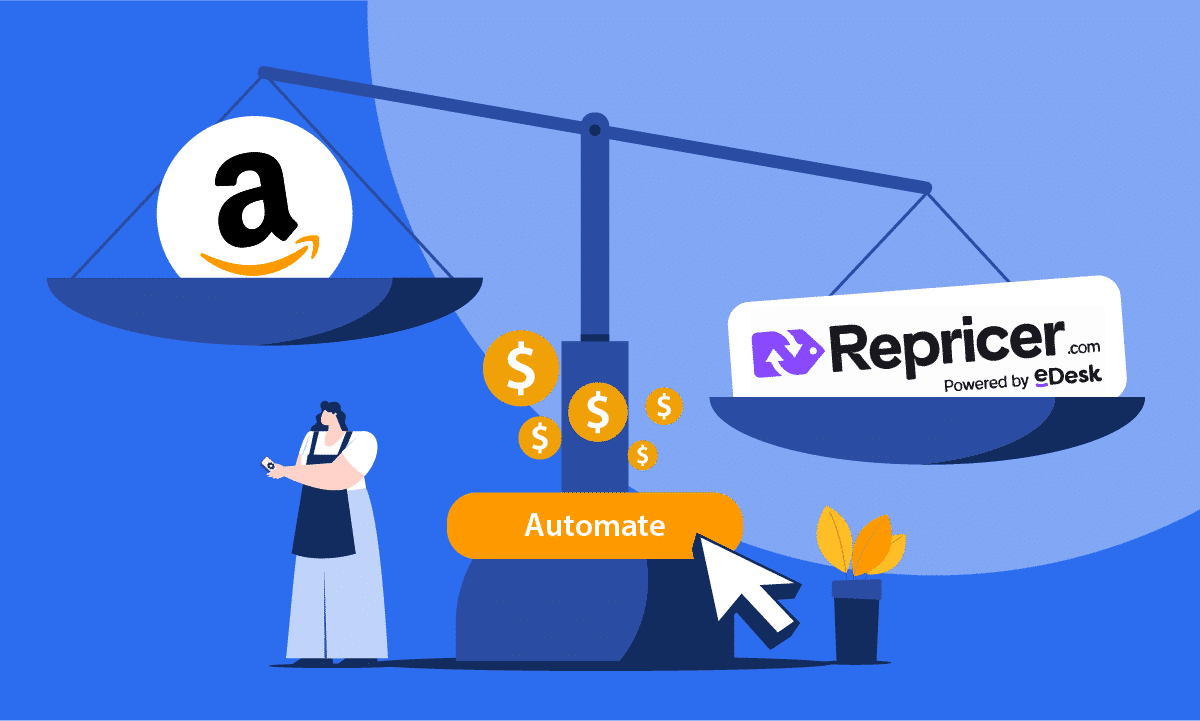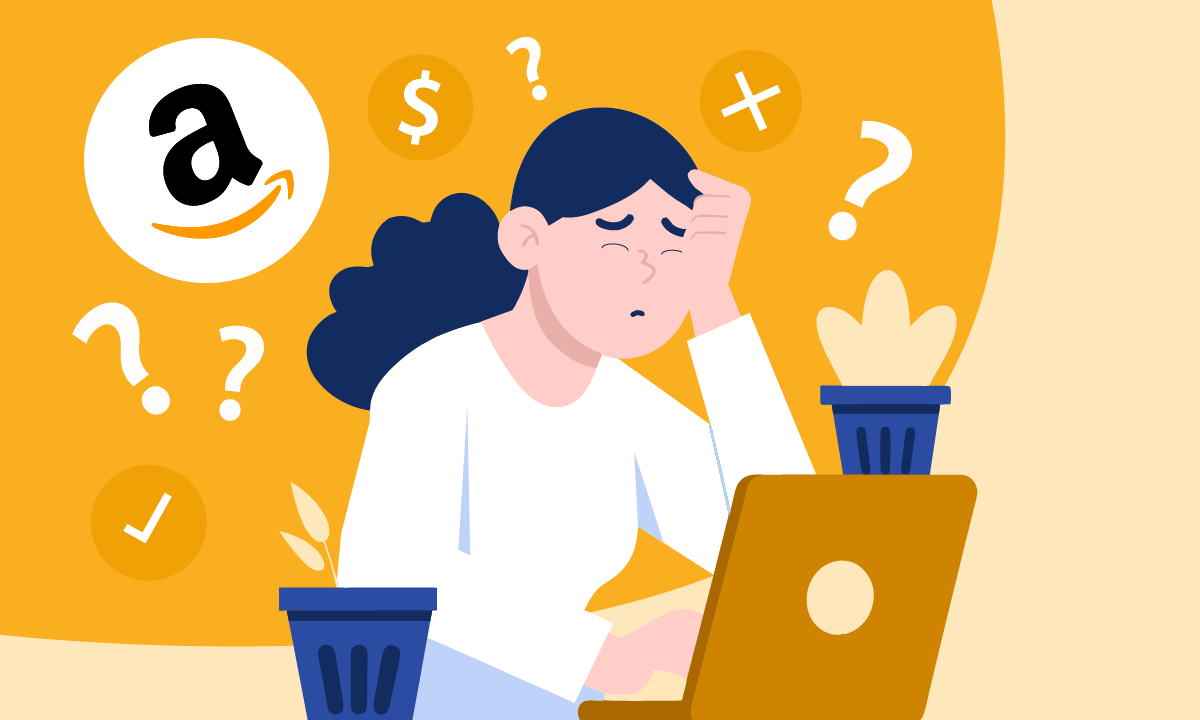Amazon’s rapid growth and the low barriers to entry have seen many types of sellers try their hand at selling goods on the extraordinarily popular marketplace. This has included brick-and-mortar stores, emerging brands and individuals looking to change careers. With all these companies setting up their stores, simply being on the platform is no longer good enough.
What sellers tend to find though is that selling on Amazon is not as simple as it appears. There are many hidden rules, metrics and nuances which can easily trip sellers up. So, here are some tips for not just getting started on Amazon but for setting up a successful Amazon business.
Why sell on Amazon?
If you’re wondering why so many people are starting to sell on Amazon, then look no further than the figures. They give a great indication of just how big Amazon is, and just how big it’s likely to become.
For a start, Amazon has over 112 million Prime subscribers in the US alone. That’s almost a third of the whole population!
You might be wondering how this compares to other online marketplaces, especially Amazon’s main competitor, eBay. Well, if we look at just their UK sites, Amazon gets around 419 million visits per month, while eBay gets a little over 277 million.
So what does this tell us? Well, that eBay is a crucial part of any multichannel strategy. But, if you’re serious about building a successful ecommerce business, Amazon has the customers, and they’re eager to buy.
Understanding Amazon
One of the biggest mistakes that people make when they decide to sell on Amazon, is to rush in. They source their products and start selling before they really understand how the platform works. This can lead to big problems further down the line, including suspension.
So, before you start, have a read of Amazon’s help pages in Seller Central. Make sure you know what you are and aren’t’ allowed to sell. Make sure you know exactly what Amazon expects from sellers, this includes understanding all of the key seller metrics. It is also a good idea to have a handle on the rules regarding product listings and customer service requirements.
By doing this, you should lower the risk of making simple, but very costly, mistakes. For example, you won’t source stock then find out that you can’t sell it on Amazon because the category is gated.
Related: The secrets to selling more on Amazon
Product selection tips
This is the most important part of selling on Amazon. It doesn’t matter how well you know Amazon, how good your listing is or how efficient your fulfillment process is. If customers don’t want your product, or it’s poor quality, you aren’t going to be successful. So, with this in mind, the product selection process has two parts: market research and product sourcing.
When it comes to market research, there are lots of different options open to sellers. It could be that you use specialist Amazon market research software or more traditional business approaches, like focus groups. Regardless, the aim of this stage is primarily to find a solid product and calculate a market price.

As for sourcing, this stage will vary depending on your business model, for example:
- Private label sellers will be looking to source generic products from factories.
- Resellers will be looking for authorized distributors or contacting brands directly.
- Dropshippers will be looking for suppliers or manufacturers to create relationships with.
When it comes to finding the right source for your products, sellers will use a few different methods. This includes the rather risky practice of sourcing online, as well as more traditional methods like attending trade fairs, or visiting factories.
Your Amazon seller account
Sellers have two choices when they register for an Amazon Seller Account. The first is the Basic selling plan, which is perfect for individuals who plan to only sell a little bit on Amazon. It can also be a good way to dip your toes into Amazon’s water, as with this plan, you only pay when you sell an item.
The second option is the Pro plan, which has a subscription fee of £25 per month. This works out cheaper if you sell 34 or more items on Amazon every month. This is also the best option if you plan to expand internationally, as it gives you access to all five of Amazon’s European sites. This means you can list your products in Germany, Spain, France and Italy, as well as the UK.
Your Amazon listing
When you’ve signed up for a seller account, it’s time to create your Amazon listing. Now, think of this as your shop window. It’s your opportunity to provide customers with all the crucial information about your product. It’s also your chance to subtly convince them to buy it.

Now, the listing creation process depends on your product. Amazon is a catalogue-driven marketplace, which means there is only one listing for each product. So, if another seller is already selling your product, you need to add your offer to the existing listing.
If you’re adding a new product to Amazon’s catalogue, then you’ll need to create your own Amazon listing.
This consists of four main parts:
- Title
- Bullets
- Product Description
- Images
Each of these areas needs to be optimized to help your listing rank well in search and achieve a good conversion rate. You’ll also need to provide product information such as the brand, sizing information, dimensions and product identifiers such as UPCs.
Fulfillment method
When you sell on Amazon, there are three primary ways that you can fulfill orders. The most popular method among sellers is Fulfillment by Amazon (FBA). Under this method, sellers prep their inventory and send it into one of Amazon’s Fulfillment Centers. Then, when an order comes in, Amazon pick, pack and ship orders for you.
Alternatively, some sellers decide to use 3PLs. This works in a similar way to Amazon. You send your stock into the 3PL who store it for you and pick, pack and ship orders as they come in. This has become increasingly popular with sellers, as it can often work out cheaper than using FBA. However, you may struggle to qualify for Prime, which is a given if you use FBA.

The final option is to run your own warehouse. This is the most complicated option and can involve a great deal of work, especially for individual sellers. You’ll be responsible for everything from the layout of your warehouse, to picking and packing orders. Depending on your size, you may also have to find suitable premises and hire staff. This makes running your own warehouse fairly capital intensive and hard to scale. So, it’s probably only really an option for bigger sellers.
Related: Should you use Amazon FBA for your business?
Understanding the feedback system
Amazon is determined to offer its customers the best customer experience available. This mandate also extends to the third-party sellers who operate on its marketplace.

Above is a real example of an Amazon seller’s feedback rating that has been consistently high.
The seller feedback system is a crucial aspect of this. A negative feedback score can drastically reduce your businesses’ ability to win the Buy Box (where over 80% of Amazon sales occur). The goal of every Amazon seller is to successfully convince their buyers to leave favourable reviews. It’s not the number of stars that you get either. The recency of the rating is also taken into account by Amazon’s tightly guarded algorithm.
Related: How to Get More Reviews on Amazon in 2022
Pricing strategy
It’s obviously one of the most crucial aspects of running a successful business, whether on Amazon or otherwise. Getting your pricing right determines the number of sales you’re going to make and how much profit you are going to make on each unit.
Overall, a healthy profit-margin on the goods you’re selling is an excellent indicator of your businesses’ current performance and long-term chances of success.
Another term that you may hear a lot about is repricing. This specifically refers to the alteration (either up or down) of an item’s price in response to a change in the marketplace. This might be a competitor running out of stock or a rival winning the Buy Box.
Amazon seller success stories
Successful Amazon products come in all shapes and sizes, just like the businesses behind them. Some of the best examples of Amazon success stories though, come from small and medium businesses.
A great example is Shearer Candles. The family-run Scottish business had been selling from just one high-street location for over 120 years until they started selling on Amazon. Their candles proved a big success and their growing sales have allowed them to grow their retail operations. They were also recently chosen as the face of Amazon’s latest television advert in the UK.
Another success story was Dock & Bay. In fact, their range of microfiber towels proved so successful that they featured on Dragons’ Den last year. Their business went down well and they received three offers. They are now working with Deborah Meaden, a serial investor with a brilliant track record.
There is always room for niche businesses to find success. One category, for example, that has seen incredible growth on Amazon is male grooming. More specifically, beard oils and moustache wax. One brand that has done particularly well, is Mo Bros. What started in 2014 as three guys growing beards for Movember has developed into a global brand. They have sold products to over 250,000 customers in 78 different countries, as well as receiving a £150,000 investment on Dragons’ Den in May 2017.
Final thoughts
When it comes to selling on Amazon, the old adage “fail to prepare, prepare to fail” springs to mind. If you rush in and expect to get rich quick, then you’re going to face an uphill struggle.
But when you take the time to understand the platform, the selling process and make strategic sourcing decisions, Amazon becomes very accessible. In fact, if you can cope with the high competition and keep meeting Amazon’s standards, then the marketplace poses a huge opportunity for sellers.
Selling on Amazon doesn’t have to daunting or overwhelming. One of the best ways to maximize your profits and give yourself the best chance to win the Buy Box is to use an Amazon repricer. You can start a free 14-day trial of the fastest Amazon repricer by clicking on the button below.
